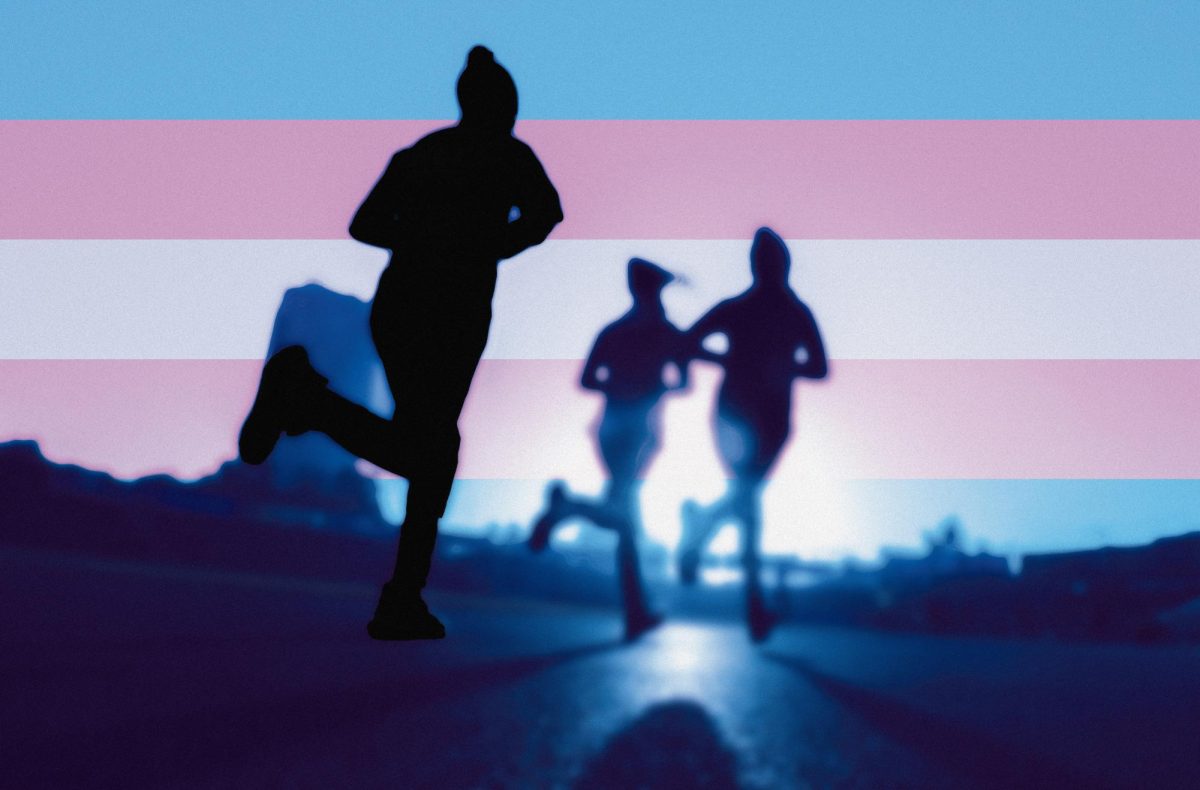Since the 1900s, sporting divisions have traditionally been categorized into two biological sexes: male and female. But the rising debates surrounding the participation of transgender people in sports prompts a crucial question: should trans athletes be placed on teams based on their assigned gender at birth or their self-identified gender?
While the focus of the discussion is often centered around potential threats to, or advantages over, cisgender athletes, the underlying truth is that this discussion is deeply rooted in transphobia.
It is crucial to acknowledge that fairness has never been a defining principle in sports. An example of this is American swimmer Michael Phelps and his extremely high production of lactic acid. His body’s ability to produce lactic acid at a much higher rate than his competitors allowed him to perform better in swimming, a quality of his that was praised.
If sports were fair, no one with genetic advantages above those of the average human would be playing sports. There would be no 6’5 basketball players. There would be no long-legged soccer players. Moreover, those who naturally produce higher levels of testosterone would be excluded from participating in sports. The nature of sports itself inherently harbors elements of inequality.
Yet, the debate on fairness persists.
Trans people have little to no advantages in sports. It is already required in professional sports that trans people be fully transitioned before participating with the gender that they align with.
This primarily affects trans women, who must undergo hormone therapy and use hormone blockers to nullify male characteristics. Thus, it only leaves them at an equal playing field as cis women. Sometimes, it even leaves them at a disadvantage because hormone blockers occasionally have negative effects such as exhaustion, making it slightly more difficult to play a sport.
A lack of inclusivity in something as simple as sports shows how deep the hatred for trans people runs within society. The notion that trans people are trying to “infiltrate” cis spaces underscores the fact that most spaces have never been inclusive of trans people to begin with. Cis people are more worried about their comfort (that is based on hatred) than the lives of trans people.
It is well known that young trans people are more susceptible to violence and suicide, with trans people being four times more likely to become victims of violent crimes and almost 8 times more likely to attempt suicide.
By denying trans individuals the opportunity to participate in sports aligned with their gender, schools and sports programs reinforce transphobia and contribute to a cycle of exclusion and violence against trans people. This exclusionary mindset can also contribute to the higher risk of suicide among young trans individuals, as it fosters feelings of self-hatred and diminishes their sense of acceptance and belonging. It is crucial for children and teens to experience acceptance, as the lack thereof increases the likelihood of depression and suicide.
Cis individuals are not the ones truly affected. The harm is inflicted on trans people.
The debate against trans inclusion in sports stems from hatred, despite scientific evidence and reasoning supporting trans participation. Studies demonstrate how transitional hormones impact athletic performance, revealing that fairness has never been an absolute standard. Yet, transphobic individuals continue to argue against inclusivity.
To improve transgender inclusivity in sports, several key solutions can be implemented. First, sports governing bodies like FIFA (Fédération Internationale de Football Association) and the NBA (National Basketball Association) should work with LGBTQ+ organizations and transgender athletes to establish inclusive policies that allow transgender individuals to participate in sports aligned with their gender identity, considering expert advice and scientific research.
In addition to policies, these assocations should conduct comprehensive education and awareness campaigns to foster understanding and acceptance among coaches, officials and sports administrators.
By challenging stigmatization and discrimination through advocating for transgender inclusion and collaborating with LGBTQ+ organizations, these measures can create a more inclusive and equitable sporting environment for trans people.
Trans people deserve equitable treatment, not just in sports, but everywhere.




